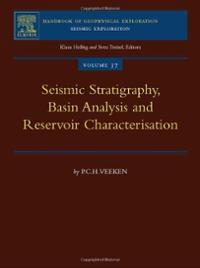Anil K. Chopra, "Dynamics of Structures, 4th Edition"
2012 | ISBN-10: 0132858037, 0273774247 | 992 pages | PDF | 16,7 MB
Designed for senior-level and graduate courses in Dynamics of Structures and Earthquake Engineering.
Dynamics of Structures includes many topics encompassing the theory of structural dynamics and the application of this theory regarding earthquake analysis, response, and design of structures. No prior knowledge of structural dynamics is assumed and the manner of presentation is sufficiently detailed and integrated, to make the book suitable for self-study by students and professional engineers.
Dynamics of Structures, Anil K. Chopra, 4th Edition (2012)






.jpg)









